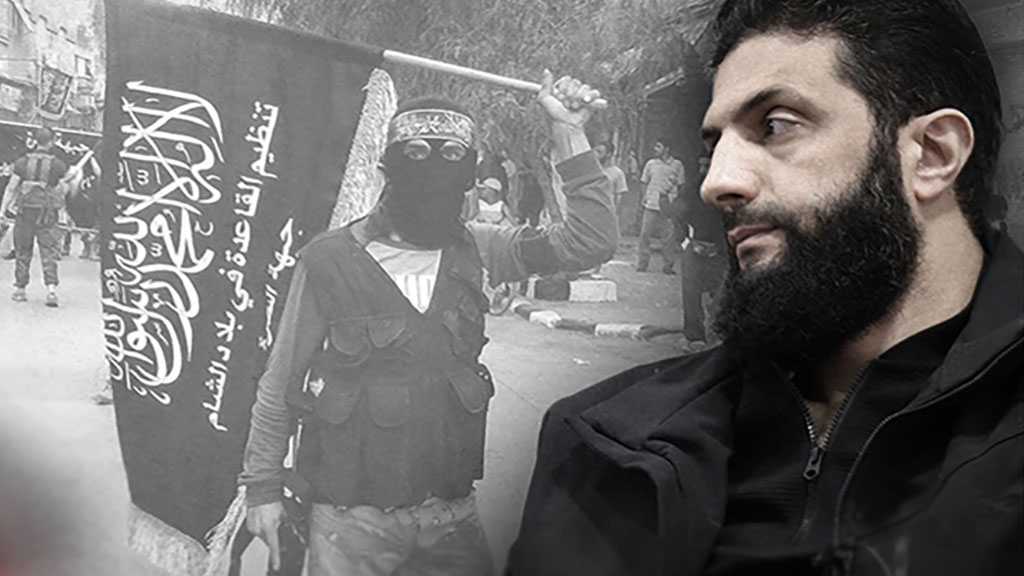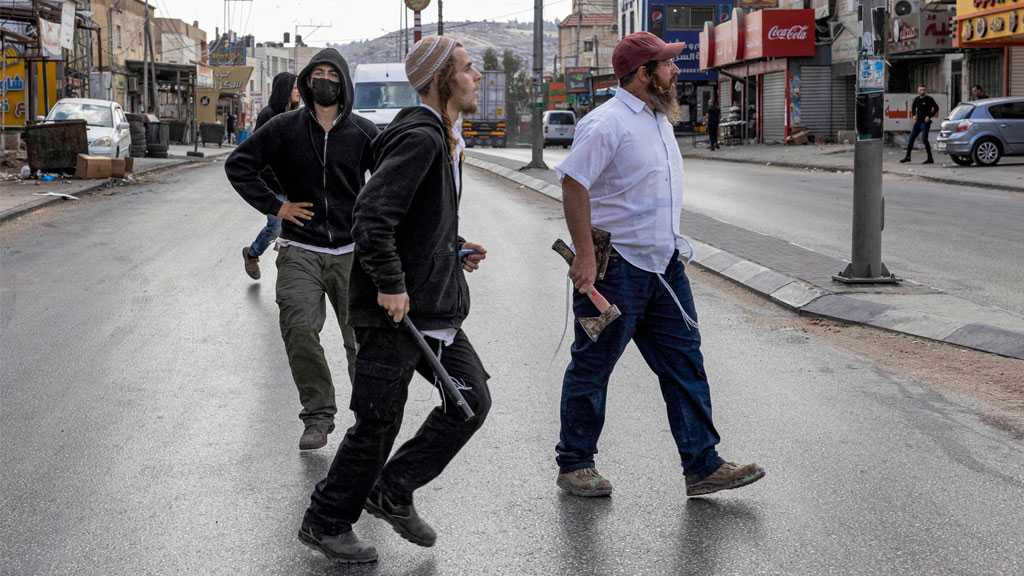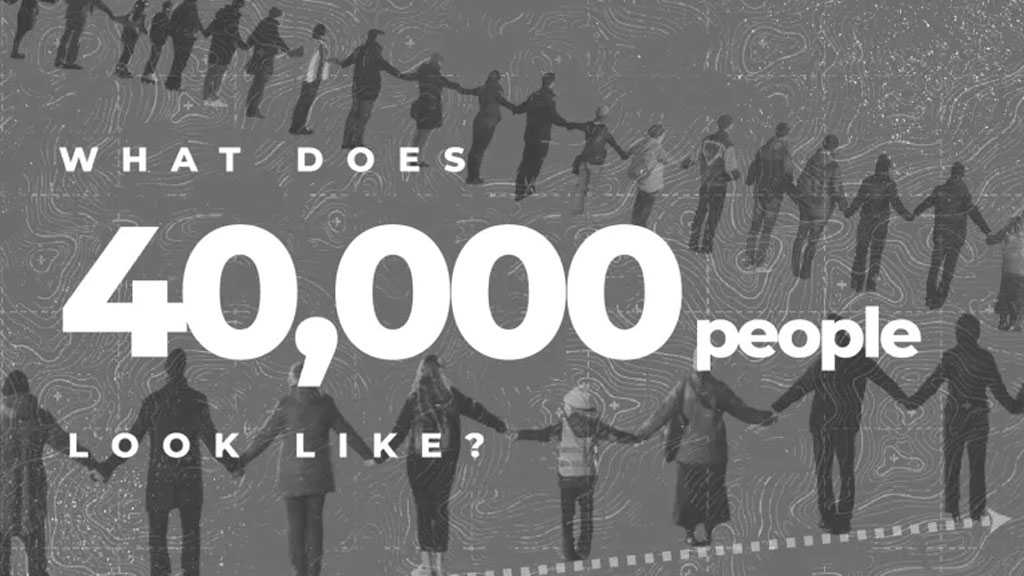Bush behind bars?

Source: Global Research, 23-06-2008
Review of the prosecution of George W. Bush for murder
By: Vincent Bugliosi
By: Dan Spielberg
In his new book, The Prosecution of George W. Bush for Murder (Vanguard Press, 2008), Vincent Bugliosi, the man who successfully prosecuted Charles Manson for murder, argues convincingly that President George W. Bush's conduct in taking the U.S. military to war against Iraq under false pretenses in March of 2003 qualifies him to be prosecuted for murder in any state in the nation. The victims in the case would be all the soldiers from that state that were killed in the war against Iraq. He lays out his case in a devastatingly logical and methodical manner, weaving together all the relevant facts to paint the definitive portrait of just how reckless and criminal was the behavior of President Bush in his push for war against Saddam Hussein's Iraq. Famous for his true crime books, such as the book about Charles Manson that launched his literary career, Helter Skelter, Bugliosi shows us that he is still in fine form.
The legal definition of murder, as Bugliosi tells us, is "the unlawful killing of a human being with malice aforethought." Under the law, for there to be a true crime committed the two elements of a prohibited act (actus reus) and criminal intent (mens rea) must coexist in time. According to Bugliosi's legal argument, Bush's act in this case would be his sending U.S. troops to Iraq, resulting in the death of some 4,000 of them. The criminal intent that would need to be shown, malice aforethought, could be proven by demonstrating that Bush took them to war with "reckless and wanton disregard for the consequences and indifference to human life." The only legal defense that could be mounted against charges like this would be that Bush acted in defense of the nation. In order to prove that Bush did not act in defense of the nation in starting the war, knowing all too well that Saddam Hussein was no threat to this country, and had no role in the attacks of 9/11, Bugliosi takes us on a painful walk down memory lane.
He points out that one of the first references to Iraq made by the Bush administration after 9/11 was made on October 15, 2001, by then Secretary of State Colin Powell when he told the press "Iraq is Iraq, a wasted society for 10 years. They're sad. They're contained..." If that were the case, how were they supposed to be a threat to the world's strongest military power?
Bugliosi calls our attention to the fact that after Bush had started talking about the possibility of war with Iraq he said that his decision will be based on the "latest intelligence." What he never said, of course, is that on October 1, 2002, the classified 2002 National Intelligence Estimate issued by the CIA and other U.S. intelligence agencies said that Saddam Hussein was NOT an imminent threat to the U.S. Not long after that, on the afternoon of October 7, 2002, then CIA director George Tenet delivered a letter to Senator Bob Graham (D-Florida), Chairman of the Senate Select Committee on Intelligence, saying "Baghdad for now appears to be drawing a line short of conducting terrorist attacks with conventional or CBW (chemical or biological weapons) against the United States." That evening Bush delivers a speech to the nation at the Museum Center in Cincinnati, Ohio in which he called Saddam Hussein a "great danger to our nation."
Then there is the infamous reference to Saddam Hussein's supposed quest for uranium in Africa in the President's 2003 State of the Union speech, which was based on documents which were believed to be forgeries by U. S. intelligence agencies. In October of 2002 George Tenet told Deputy National Security Advisor Stephen Hadley that the president "should not be a fact witness on this issue" and the reporting on it was "weak."
However, for many, the conclusive evidence that Bush knew Saddam Hussein was no threat to this country, therefore an attack on Iraq was unjustified, will be the memo which has come to be known simply as the "Downing Street Memo." This was written by Matthew Rycroft, a foreign policy aide to British Prime Minister Tony Blair, on July 23, 2002, about high-level meetings he had with Bush Administration officials. This memo contained the statement that "Bush wanted to remove Saddam, through military action, justified by the conjunction of terrorism and WMD. But the intelligence and the facts were being fixed around the policy."
In addition to providing us with the legal rationale and possible jurisdiction for such a prosecution of the President, Bugliosi also provides examples of how monstrously callous Bush has been since the war began in March of 2003. He provides several pages of photographs of scenes of carnage from Iraq juxtaposed with pictures of a grinning, clowning President Bush, having the time of his life. He also provides several quotes from President Bush made during a variety of stages in the war showing that the President was more concerned about going running, fishing or to a ball game than about the thousands killed in the war that he started. As Bush said in a press conference on December 4, 2007 he's been feeling "pretty good about life."
In the Acknowledgments section of the book Bugliosi provides a valuable insight into the world of book publishing when he claims that many people at the largest publishing houses in the country told him that although they agreed with the conclusions in the book, and thought that the book would make money, they wanted to have nothing to do with it out of fear. It was, they said, "too hot to handle." In fact two liberal law professors of his acquaintance were scared to even look at the book! Bugliosi claims that this is all due to the climate of fear created by the current right wing in America, which brands anyone who believes George Bush's actions to be criminal as a "pro-terrorist," "anti-American" sufferer of "Bush Derangement Syndrome." One is hard-pressed to disagree with him.
In a political environment where impeachment of President Bush is "off the table," those who wish to bring the man to justice may have to look to the courts, but the question is, of course, who would step up and prosecute him? There are not too many prosecutors today who posses Vincent Bugliosi's passion for justice rather than a passion for high conviction rates and career advancement. Even if no charges are ever actually filed against Bush, at least The Prosecution of George W. Bush for Murder stands as an historical record of one more American President's mendacity on the issues of war and peace.
Note: Dan Spielberg [send him mail] works in the real estate industry in Northern California.
Review of the prosecution of George W. Bush for murder
By: Vincent Bugliosi
By: Dan Spielberg
In his new book, The Prosecution of George W. Bush for Murder (Vanguard Press, 2008), Vincent Bugliosi, the man who successfully prosecuted Charles Manson for murder, argues convincingly that President George W. Bush's conduct in taking the U.S. military to war against Iraq under false pretenses in March of 2003 qualifies him to be prosecuted for murder in any state in the nation. The victims in the case would be all the soldiers from that state that were killed in the war against Iraq. He lays out his case in a devastatingly logical and methodical manner, weaving together all the relevant facts to paint the definitive portrait of just how reckless and criminal was the behavior of President Bush in his push for war against Saddam Hussein's Iraq. Famous for his true crime books, such as the book about Charles Manson that launched his literary career, Helter Skelter, Bugliosi shows us that he is still in fine form.
The legal definition of murder, as Bugliosi tells us, is "the unlawful killing of a human being with malice aforethought." Under the law, for there to be a true crime committed the two elements of a prohibited act (actus reus) and criminal intent (mens rea) must coexist in time. According to Bugliosi's legal argument, Bush's act in this case would be his sending U.S. troops to Iraq, resulting in the death of some 4,000 of them. The criminal intent that would need to be shown, malice aforethought, could be proven by demonstrating that Bush took them to war with "reckless and wanton disregard for the consequences and indifference to human life." The only legal defense that could be mounted against charges like this would be that Bush acted in defense of the nation. In order to prove that Bush did not act in defense of the nation in starting the war, knowing all too well that Saddam Hussein was no threat to this country, and had no role in the attacks of 9/11, Bugliosi takes us on a painful walk down memory lane.
He points out that one of the first references to Iraq made by the Bush administration after 9/11 was made on October 15, 2001, by then Secretary of State Colin Powell when he told the press "Iraq is Iraq, a wasted society for 10 years. They're sad. They're contained..." If that were the case, how were they supposed to be a threat to the world's strongest military power?
Bugliosi calls our attention to the fact that after Bush had started talking about the possibility of war with Iraq he said that his decision will be based on the "latest intelligence." What he never said, of course, is that on October 1, 2002, the classified 2002 National Intelligence Estimate issued by the CIA and other U.S. intelligence agencies said that Saddam Hussein was NOT an imminent threat to the U.S. Not long after that, on the afternoon of October 7, 2002, then CIA director George Tenet delivered a letter to Senator Bob Graham (D-Florida), Chairman of the Senate Select Committee on Intelligence, saying "Baghdad for now appears to be drawing a line short of conducting terrorist attacks with conventional or CBW (chemical or biological weapons) against the United States." That evening Bush delivers a speech to the nation at the Museum Center in Cincinnati, Ohio in which he called Saddam Hussein a "great danger to our nation."
Then there is the infamous reference to Saddam Hussein's supposed quest for uranium in Africa in the President's 2003 State of the Union speech, which was based on documents which were believed to be forgeries by U. S. intelligence agencies. In October of 2002 George Tenet told Deputy National Security Advisor Stephen Hadley that the president "should not be a fact witness on this issue" and the reporting on it was "weak."
However, for many, the conclusive evidence that Bush knew Saddam Hussein was no threat to this country, therefore an attack on Iraq was unjustified, will be the memo which has come to be known simply as the "Downing Street Memo." This was written by Matthew Rycroft, a foreign policy aide to British Prime Minister Tony Blair, on July 23, 2002, about high-level meetings he had with Bush Administration officials. This memo contained the statement that "Bush wanted to remove Saddam, through military action, justified by the conjunction of terrorism and WMD. But the intelligence and the facts were being fixed around the policy."
In addition to providing us with the legal rationale and possible jurisdiction for such a prosecution of the President, Bugliosi also provides examples of how monstrously callous Bush has been since the war began in March of 2003. He provides several pages of photographs of scenes of carnage from Iraq juxtaposed with pictures of a grinning, clowning President Bush, having the time of his life. He also provides several quotes from President Bush made during a variety of stages in the war showing that the President was more concerned about going running, fishing or to a ball game than about the thousands killed in the war that he started. As Bush said in a press conference on December 4, 2007 he's been feeling "pretty good about life."
In the Acknowledgments section of the book Bugliosi provides a valuable insight into the world of book publishing when he claims that many people at the largest publishing houses in the country told him that although they agreed with the conclusions in the book, and thought that the book would make money, they wanted to have nothing to do with it out of fear. It was, they said, "too hot to handle." In fact two liberal law professors of his acquaintance were scared to even look at the book! Bugliosi claims that this is all due to the climate of fear created by the current right wing in America, which brands anyone who believes George Bush's actions to be criminal as a "pro-terrorist," "anti-American" sufferer of "Bush Derangement Syndrome." One is hard-pressed to disagree with him.
In a political environment where impeachment of President Bush is "off the table," those who wish to bring the man to justice may have to look to the courts, but the question is, of course, who would step up and prosecute him? There are not too many prosecutors today who posses Vincent Bugliosi's passion for justice rather than a passion for high conviction rates and career advancement. Even if no charges are ever actually filed against Bush, at least The Prosecution of George W. Bush for Murder stands as an historical record of one more American President's mendacity on the issues of war and peace.
Note: Dan Spielberg [send him mail] works in the real estate industry in Northern California.
Comments




